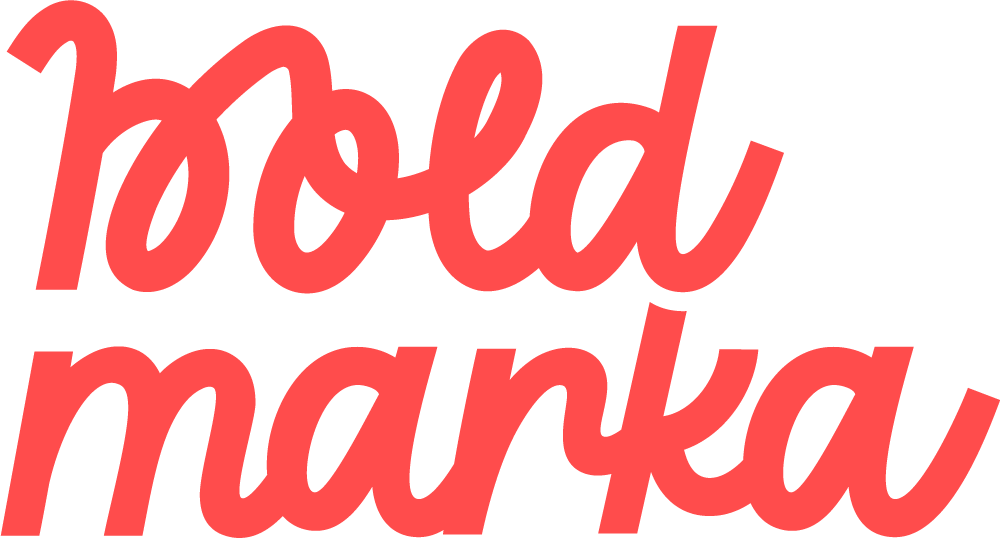Table of Contents
As a life coach in Canada, creating a strong brand is key to standing out. Your brand is not just a logo or name. It’s your unique identity that shows your values, skills, and the change you bring to clients. A strong brand helps you find your perfect clients, stand out from others, and grow your business over time.

Key Takeaways
- Understand the fundamental elements of branding for life coaches
- Recognize the importance of strong branding in the coaching industry
- Discover the psychology behind successful coach branding
- Define your coaching niche and target audience
- Develop a unique brand story and message to connect with clients
Understanding the Fundamentals of Branding for Life Coaches
Creating a strong visual identity is key for life coaches to stand out. Your brand is the base of your business, showing what you offer and who you’re for. Let’s look at the main parts of building a strong brand for your coaching.
Core Brand Elements for Coaches
Your brand’s look includes your logo, colors, fonts, and overall feel. These parts come together to make a unique and lasting impression. A good logo shows your skills and values. Colors and fonts can make people feel certain ways about you.
Why Strong Branding Matters in Life Coaching
In life coaching, your brand is key for trust and being different. A strong look helps you shine in a busy market. It shows what makes you special and why people should choose you.
The Psychology Behind Successful Coach Branding
Good branding for coaches meets the needs and wants of your audience. By matching your brand with what your clients dream of, you build a strong bond. A great brand makes people feel confident and ready to work with you.
Building a strong brand is vital for your coaching business. Knowing about branding and how it works can help you create a unique identity. This identity will attract the right clients and help you grow.

Defining Your Coaching Niche and Target Audience
In the world of life coaching, finding your niche and knowing your audience are key. By focusing on a specific area, you become an expert. This makes it easier to attract the right clients and stand out.
To find your coaching niche, ask yourself these questions:
- What are your unique skills, experiences, and areas of expertise?
- What specific challenges or goals do you feel most passionate about helping your clients overcome?
- What type of client do you most enjoy working with, and what are their unique needs and pain points?
After figuring out your niche, it’s time to know your target audience. Create a detailed profile of your ideal client. Include their demographics, psychographics, and specific problems they’re trying to solve. This way, you can craft a brand positioning that speaks to them and shows the value you offer.
| Niche Coaching Focus | Ideal Client Profile |
|---|---|
| Career Transition Coaching | Professionals in their 30s-40s Dissatisfied with their current career Seeking a more fulfilling and purposeful work life Ambitious and open to change |
| Relationship Coaching | Married couples in their 40s-50s Experiencing communication breakdowns and intimacy issues Committed to improving their relationship Open to personal growth and self-discovery |
By defining your coaching niche and target audience, you’ll create a strong brand positioning. This sets you apart from others and meets your ideal clients’ needs.

Creating Your Unique Brand Story and Message
As a life coach, it’s key to create a compelling brand story and message. Your story should do more than list your qualifications. It should touch emotions, connect with your clients, and show what makes you special.
Crafting Your Authentic Brand Voice
Your brand voice is how you talk to your clients. Think about your core values, passions, and the changes you want to make. Having a real, relatable, and consistent voice builds trust and rapport.
Developing Your Brand Values and Mission
- Identify your core brand values – the guiding principles of your coaching.
- Write a clear mission statement that shows your coaching’s purpose and how you help clients.
- Make sure your values and mission shine through in your story and messaging.
Building an Emotional Connection with Clients
Good brand storytelling for coaches connects with emotions, not just facts. Share personal stories, client successes, and what inspired you to coach. This emotional bond strengthens your relationship with clients and boosts your chances of being chosen.
“The most powerful brands are built on emotion, not just facts. Your brand story should inspire, motivate, and captivate your audience.”
Creating unique brand messaging for coaches that speaks to your audience is vital. Focus on your true voice, values, and emotional stories. This way, you’ll connect deeply with clients and grow your coaching business.
Designing Your Visual Brand Identity
As a life coach, your visual brand is key to making a strong impression in Canada. Your logo, colors, and more should all work together. They should show what makes you special and grab your audience’s attention.
Crafting an Impactful Logo
Your logo is the base of your visual identity. It should be easy to remember and show what you’re all about. Think about adding symbols that mean something to your brand and the changes you help people make. Try out different fonts, shapes, and colors to find the perfect fit for your brand.
Selecting a Harmonious Color Palette
Colors can make people feel certain ways and set the mood for your brand. Pick colors that match your coaching style and the emotions you want to share with your clients. Go for a mix of colors that look good together and make your brand stand out.
Defining Your Typographic Style
The fonts you pick can really shape how people see your business. Choose fonts that are clear, nice to look at, and show your brand’s personality. Play with different fonts and sizes to create a look that’s both beautiful and effective.
Incorporating Meaningful Imagery
Good pictures can make your brand’s story come alive and connect with your clients on a deeper level. Use real, touching images that speak to your audience and fit with your coaching style. Pictures of your sessions or your clients’ success stories can make your brand more impactful.
By designing your visual brand carefully, you can make a lasting impression in the Canadian life coaching world. Your visual branding is a powerful way to share your unique skills, values, and the positive changes you help people make.
Implementing Your Brand Across Digital Platforms
As a life coach in Canada, having a strong online presence is key. It helps attract and engage with your audience. Make sure your brand looks the same on your website, social media, and emails. This boosts your credibility and builds a strong connection with potential clients.
Website Branding Best Practices
Your website is the heart of your online identity. It’s vital to have your branding on it. Use your logo, colors, and visuals, and share a message that speaks to your clients. Make sure it’s easy to use and navigate to give visitors a great experience.
Social Media Brand Consistency
Being consistent on social media is crucial. Use the same images and colors on all platforms to show your brand’s identity. Your captions and messages should match your brand’s voice and values. This creates a unified online experience for your marketing efforts.
Email Marketing Brand Guidelines
Emails are a great way to strengthen your brand. Create brand guidelines for your emails. These should cover your logo, colors, fonts, and images. This consistency helps your clients recognize your emails and trust your brand.
FAQ
What are the core brand elements I need to consider as a life coach?
As a life coach, focus on your logo, color palette, typography, and visual identity. These elements help create a strong brand. It’s one that your audience will remember.
Why is strong branding important for life coaches?
Strong branding is key for life coaches. It helps you stand out and build trust with clients. It also creates an emotional connection, making clients choose you over others.
How do I define my coaching niche and target audience?
Defining your niche and audience is vital. Identify your expertise and the challenges your clients face. Know who your ideal clients are. This helps you build a brand that speaks to them.
What should I consider when crafting my brand story and message?
Craft a story that shows your values and expertise. It should highlight how you can change your clients’ lives. Make sure your brand voice is consistent and emotional.
How can I design a visually appealing brand identity for my life coaching practice?
Design a memorable logo and choose a cohesive color palette. Select typography that shows your brand’s personality. Make sure all visual elements work together for a professional look.
How do I consistently implement my brand across digital platforms?
Implement your brand on your website, social media, and email marketing. This builds recognition and trust. Keep your messaging and visual identity consistent for a cohesive brand experience.



